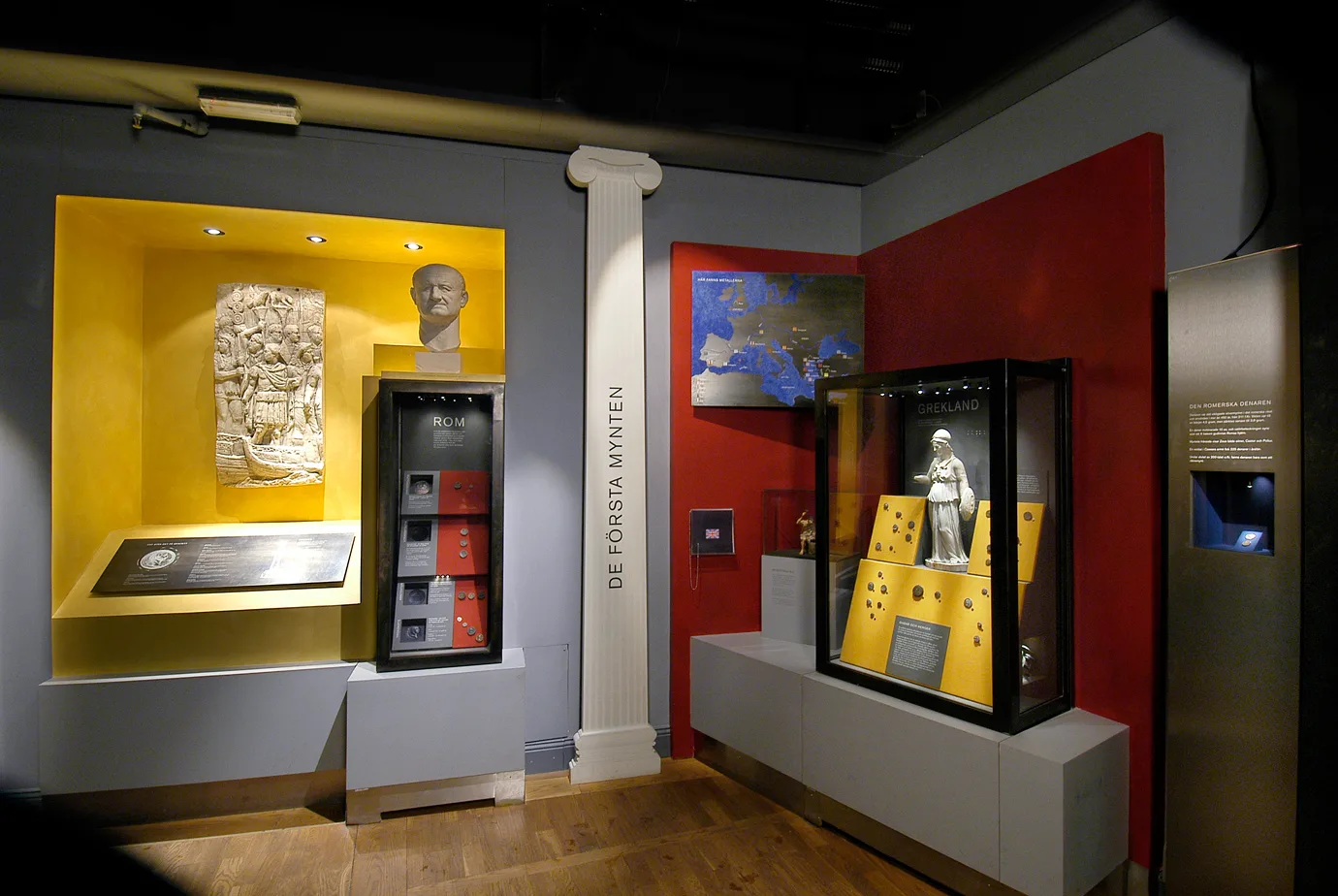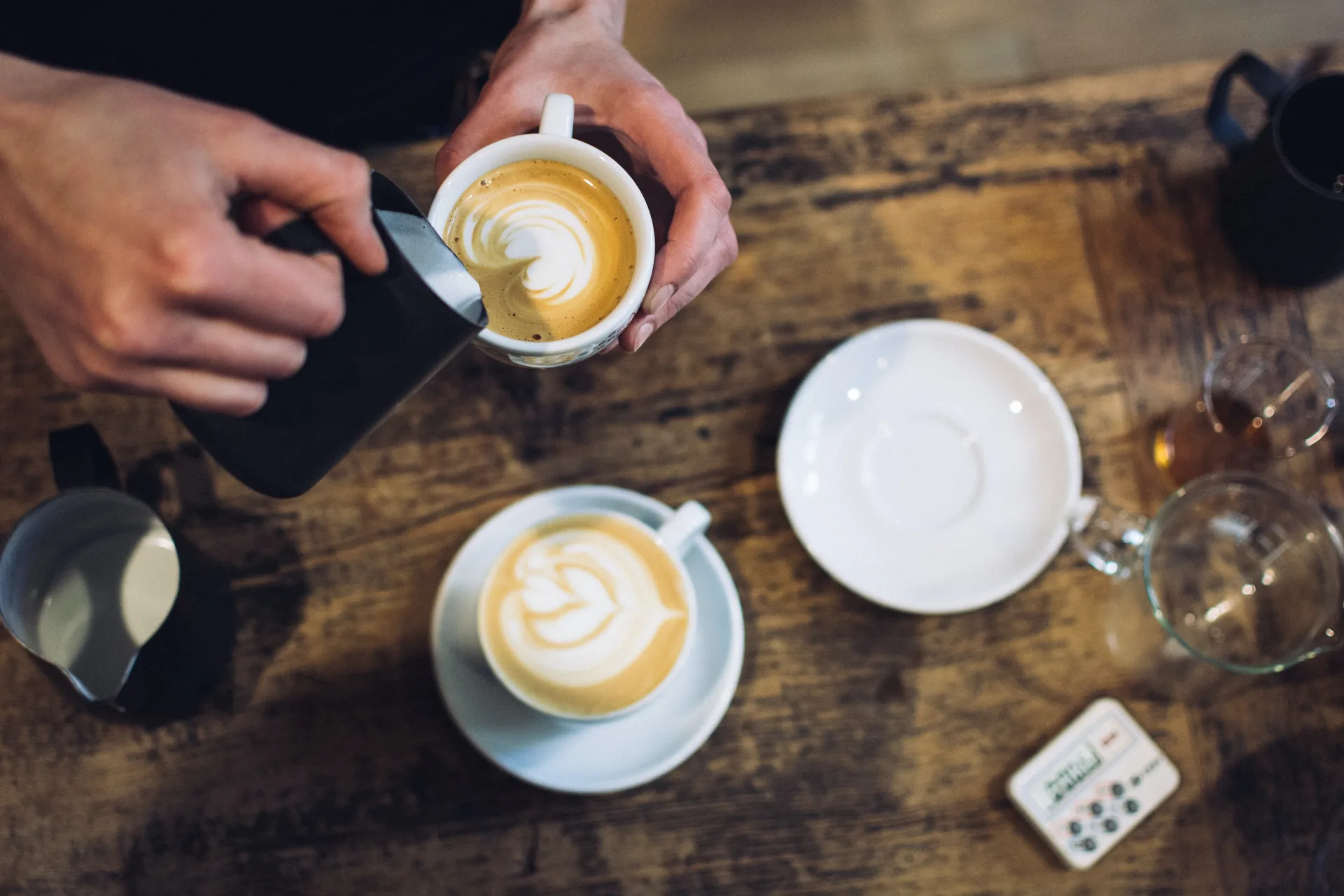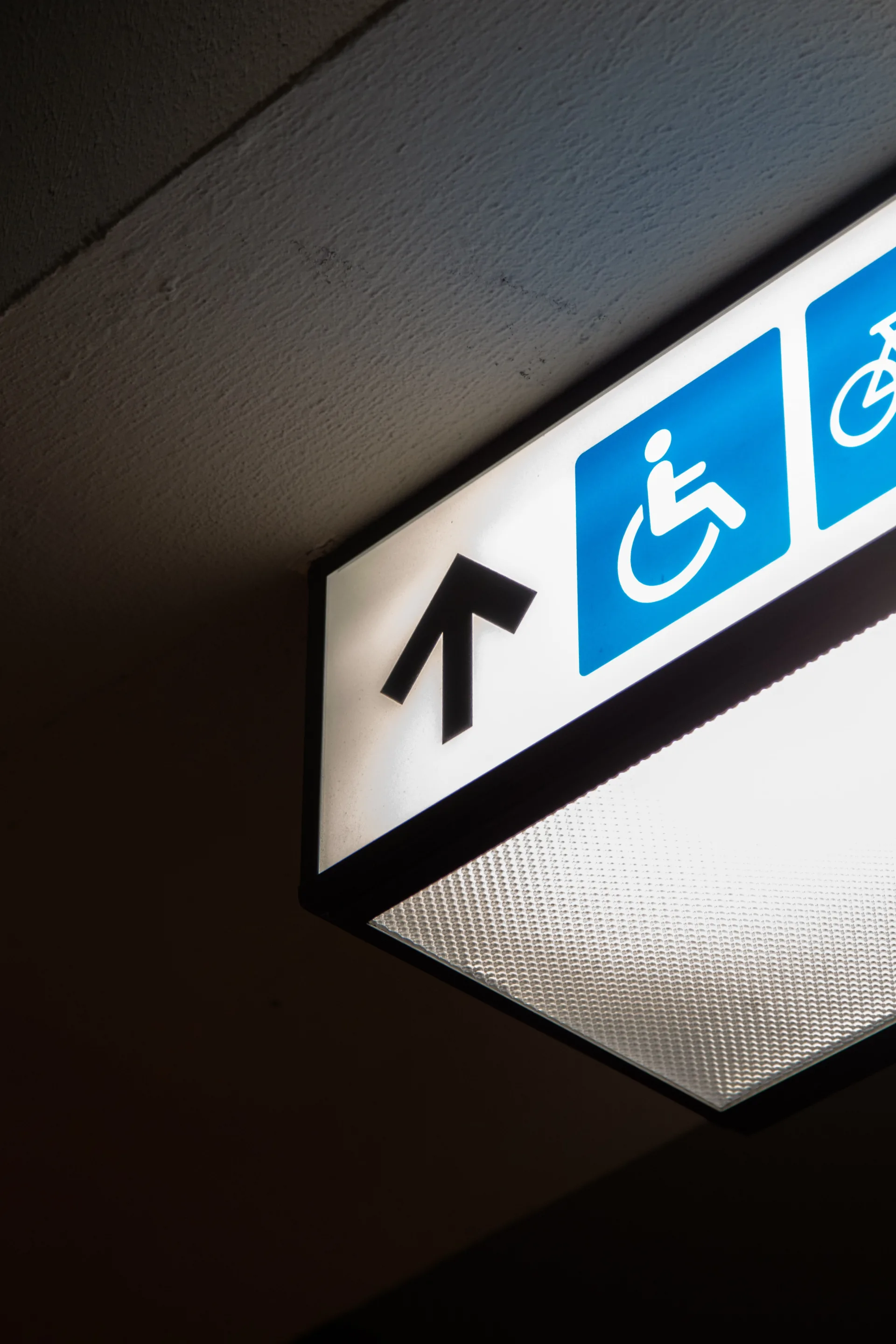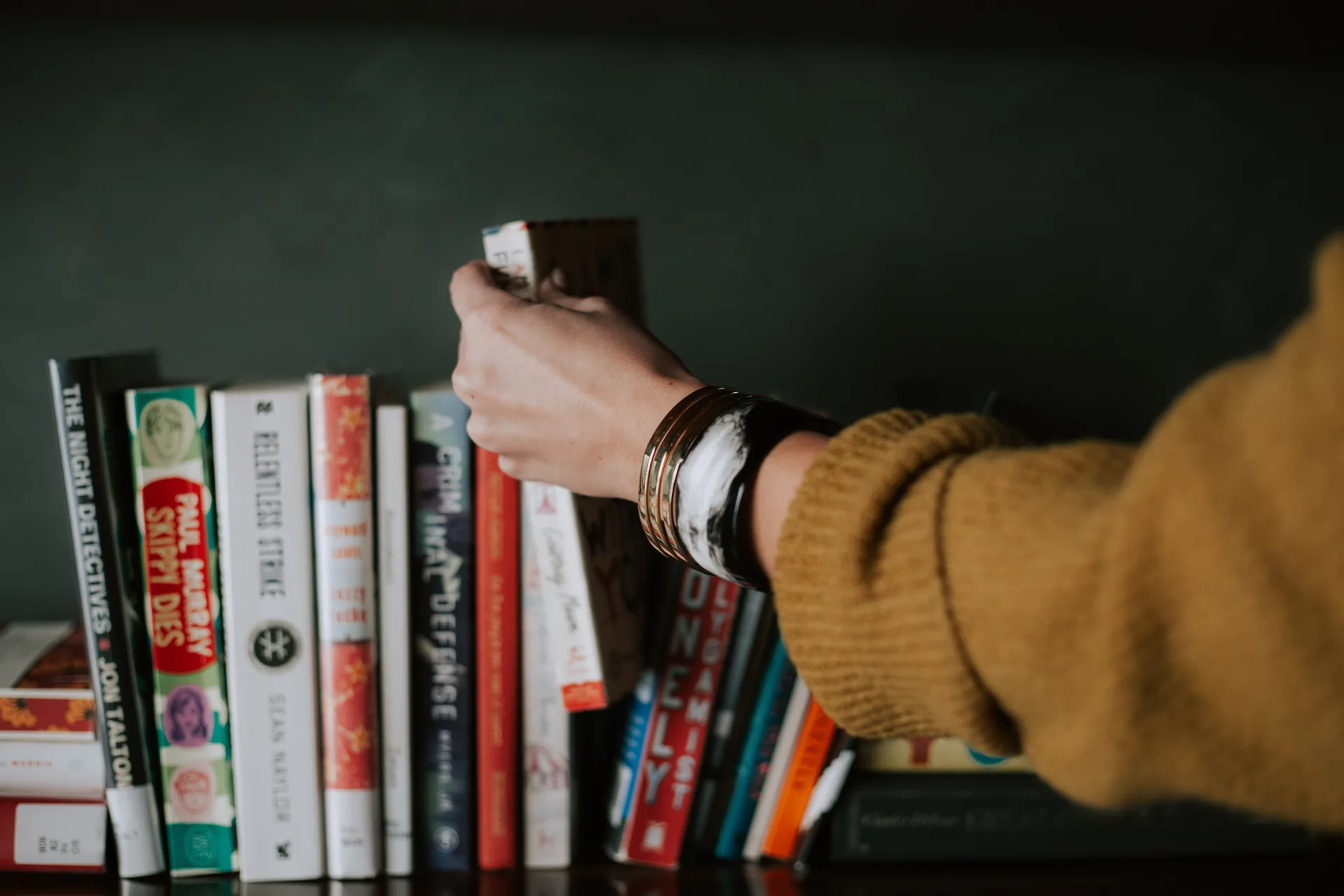All The World´s Money
The exhibition showed the 2,600-year history of coins, as well as other and early means of payment from different times and places around the world. In many places, money existed long before the coin was thought of. Economic history is an important part of human culture. Visitors to the exhibition could follow development from shells and other means of payment to the plastic cards of today.
Cocoa and pearls as means of payment
Along the walls of the exhibition were coins from antiquity right up to today’s means of payment. These included the first coin to be minted in Lydia, in present day western Turkey, around 620 BC. The coin shows a lion’s head and was made of electrum, a naturally occurring alloy of gold and silver. Minting coins spread to Greece, where the most significant coin was the Athenian tetradrachme, which became a trading coin in the eastern Mediterranean area a full 2,500 years ago. Trading coins were recognised as a common currency long before the introduction of the Euro and were mainly made of gold and silver.

Trading coins as a common currency
Along the walls of the exhibition were coins from antiquity right up to today’s means of payment. Among others, there was the first coin to be minted in Lydia, in present day western Turkey, around 620 BC. The coin has a lion’s head and was made of electrum, a naturally occurring alloy of gold and silver. Minting coins spread to Greece, where the most significant coin was the Athenian tetradrachme, which became a trading coin in the eastern Mediterranean area a full 2,500 years ago. Trading coins were recognised as a common currency long before the introduction of the Euro and were mainly made of gold and silver.
War, revolution and inflation
One part of the exhibition focused on money in war, revolution and inflation. When there is war or revolution in one or more countries, an extreme situation arises. Often money changes its appearance: precious metals disappear and temporary emergency banknotes are issued. The imagery on the banknotes reflects the countries’ propaganda, reflecting their desire to show power and resistance.
In the east, China was the first country to mint coins, beginning at the end of the 600s BC. Minting coins was introduced in the west in the same period. Around 1,500 years later, in the 10th century, China became the first country in the world to print banknotes.




